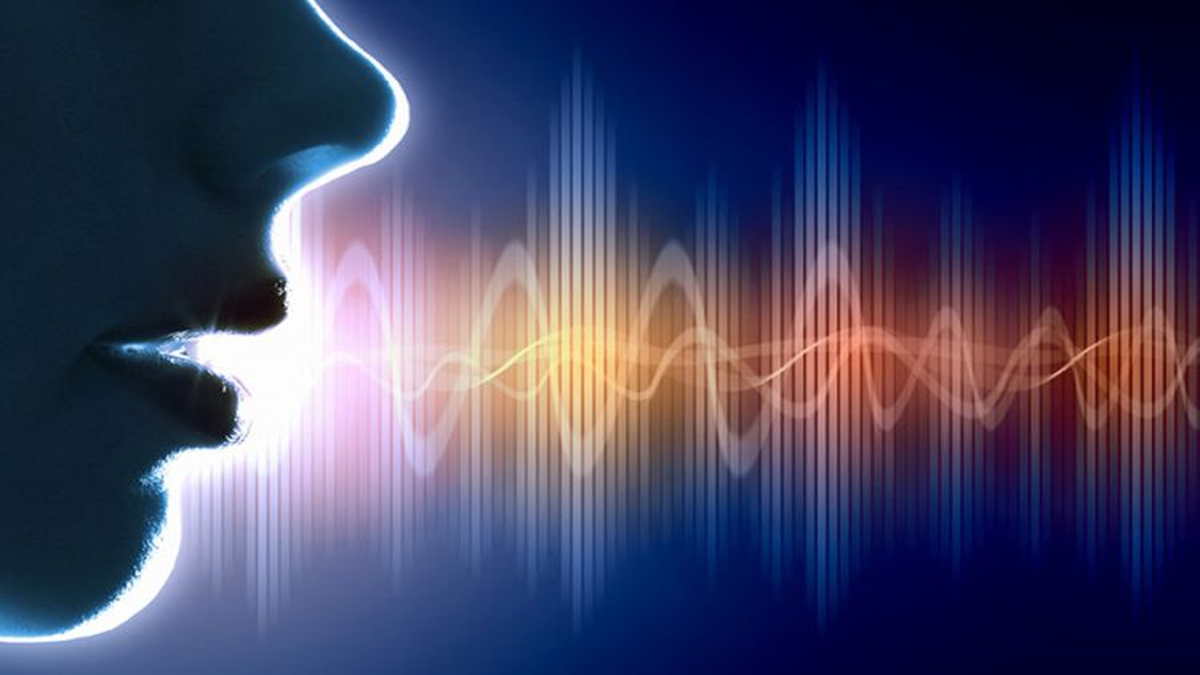Understanding the Doppler effect is actually very close to us in everyday life. We will find many examples of this effect.
An example is when you hear the siren of an ambulance or police car from a distance.
The closer to us, then of course the sound frequency will be clearer and vice versa. This event actually occurs because of the difference in the frequency that the car produces and you hear.
So, how does the Doppler effect actually occur?
Also Read: Frequency in Physics Can be Found in Daily Life
Understanding the Doppler Effect and its History
Christian Johann Doppler was the first to discover the concept of the Doppler effect. The discovery of this effect occurred in 1942.
The Austrian physicist explained the Doppler effect is a phenomenon when there is a change in the frequency of a wave due to the displacement of the source, detector, or listener.
The frequency will get higher as the listener approaches the sound source, and vice versa.
In this case, the Doppler effect will show a change in the length of a wave that is captured due to the relative motion that comes from the observer and the source of the wave.
One example is the sound of the car siren above. The Doppler effect occurs when the sound source moves towards the listener or vice versa.
It will be different if the listener is silent, then hears a sound from a silent source too, then the frequency of the sound you hear will be the same as that coming from the source.
The Doppler effect in physics itself has a definition as an increase or decrease in the frequency of light or other waves, whose source and observer move closer to or away from each other.
Also Read: Physics Transverse Wavelength, This is the Formula and Its Components!
Doppler Effect Formula
So that you understand more about the understanding of the Doppler effect, here is the formula to calculate it.
fp = [(v ± vp) / (v ± vs)] × frequency that the sound source emits (fs)
- fp: the frequency that the listener hears (Hz)
- fs: frequency that the sound source emits (Hz)
- v: speed of sound in air (m/s)
- vp: listener speed -when moving- (m/s)
- vs: speed of sound source -when moving- (m/s)
The ± sign has a positive and negative meaning by looking at the condition of the listener and the source of the wave.
vp will be + (positive) when the listener is approaching the sound source and – (negative) when moving away from it. Likewise in vs which will be + (positive) when the sound source is away from the listener and – (negative) when it is approaching.
Also Read: Examples of Wave Interference, Basics and Real Phenomena
Uses of the Doppler Effect
Basically, the Doppler effect applies not only to sound waves, but also to all types of waves.
That is why the Doppler effect is useful in life, from measuring blood flow, measuring vibrations, astronomy, to satellite communications.
For example, meteorologists will use Doppler as a medium for tracking storms. In addition, doctors will use the Doppler effect to diagnose heart problems.
So, understanding the meaning of the Doppler effect and also its formula will certainly not be in vain considering its usefulness in life is quite important. (R10/HR-Online)
–


